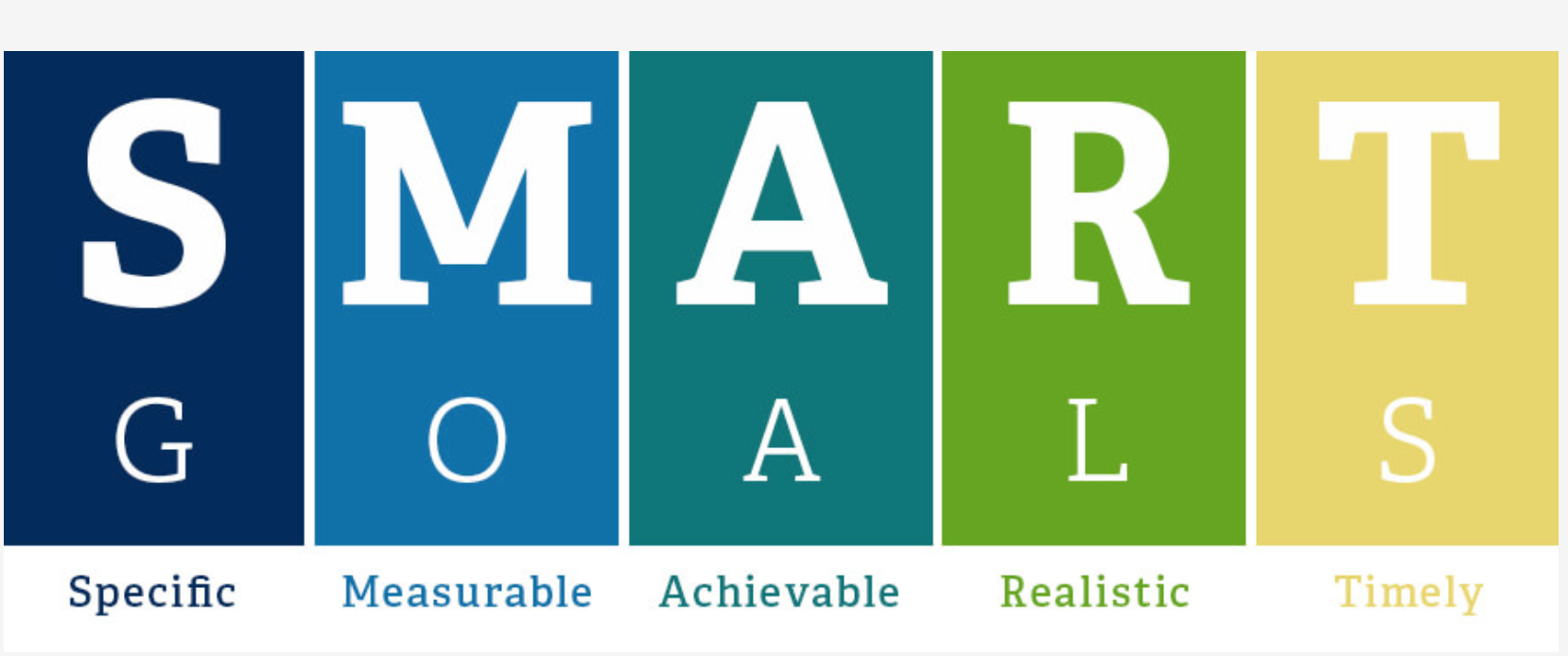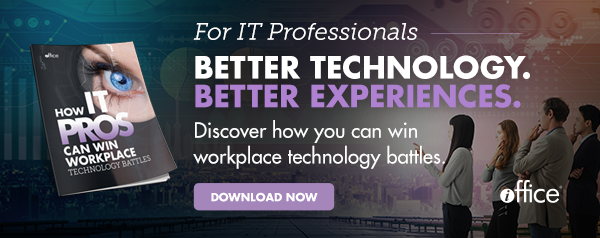Are You Using Workplace Technology For Tech’s Sake?


In a list of every paradigm shift that has impacted the modern workplace, technology is undoubtedly the most influential. As a result, business leaders can feel pressure to update their technology frequently—even if it doesn’t make sense for their organization.
This can be costly and, unfortunately, do more harm than good.
To make sure you’re not implementing technology in the workplace simply because you think you should, consider these three questions.
1. What Do You Want to Accomplish With Workplace Technology?
Best-selling author Simon Sinek asserts that every decision a great leader makes starts with asking “Why?”
But before you can ask why, you must first understand the who, what, where and when. More specifically, your evaluation of your technology strategy needs to include an examination of:
- Your organization’s overall strategy, mission, values and business objectives
- Where your business stands today and where you want it to be
- The most important metrics you want to measure
- The role the workplace plays in achieving your company’s goals
- What changes are driving the need for new technology
- What you really need to effectively manage the workplace and workforce
- How your current technology furthers company goals and how it falls short
- The types of technology your workforce wants and needs
- How well your organization is supporting the mobility of the workforce
- What your workforce needs from the workplace in general
With these details in hand, you can create SMART goals about the use of technology in your workplace. SMART goals are:

(Image Credit: Ohio Health Blog)
Over time, your organization will grow, evolve and mature. But with a clear understanding of what you want to accomplish with technology in the workplace, you can ensure everyone in your organization is working together toward the same goal. And you can be confident your workplace technology decisions will have the most positive impact on the company.
2. What Is Your Plan for Analyzing Workplace Data?
You’ve defined what you want to accomplish with workplace technology.
Now, you need to determine how to manage and leverage the data you collect from this technology and how it will impact your workplace and employees.
In a previous blog, we offered seven suggestions for how to properly use workplace data. These tips include:
- Gaining an extensive understanding of the data you have
- Creating an organized, comprehensive set of guidelines for data management
- Assigning ownership of data to the appropriate high-level personnel
- Maintaining tight security measures to protect data
Pro-Tip: iOFFICE dashboards are a powerful and easy-to-use way to make the most of your workplace data.
Having a systematic approach to your data analytics enables you to make informed decisions about your workplace technology needs. You can be more certain the technology you have is helping workplace productivity, not hindering it. And you’ll have a clear answer to whether it’s really time to invest in new technology.
3. Do You Really Need New Workplace Technology?
While it can certainly be tempting to implement the latest technology in the workplace, it may simply not make sense for your organization.
As the CEO of TrinityIDC, the Intelligent Data Cloud, Richard Jordan has valuable advice about making smart workplace technology decisions:
“One of the critical steps in moving forward to a new technology solution is assessing what you have—the current state. Too often organizations fall into the trap of setting a future state without really understanding what they currently have in place. This isn’t just about technology. It is important to look at the big picture—what we are accomplishing with what we have now. If you don’t know where you are or where you want to go, how will you know when you get there?”
Before investing in new workplace technology, ask yourself these questions:
- What is the provider’s reputation? And what kind of support do they offer?
- What is the total cost of ownership for this technology?
- Will this technology improve operations and/or the employee experience?
- Is this something my employees will actually use and appreciate?
- Are other industry leaders using the technology? If so, how? If not, why not?
It may be the case that your company is legitimately in need of an entire new system. But before you take that leap, consider the idea that your business simply needs better integrations with your existing infrastructure.
Don’t waste resources on implementing technology that isn’t right for your business. When you understand your company’s unique needs and take the time to weigh all of your options, you can ensure you’re using technology to enhance your goals, not hinder them.
